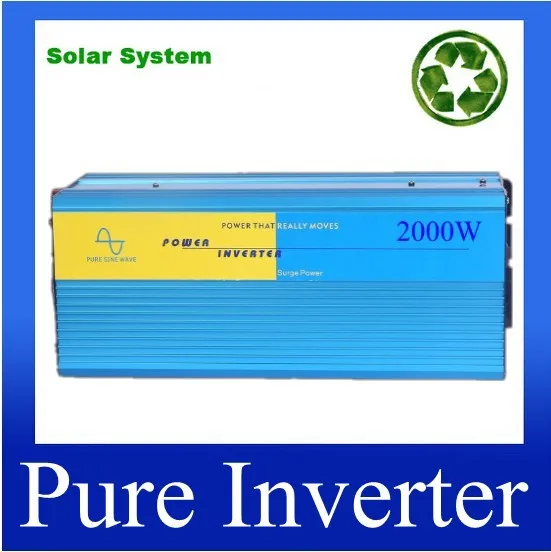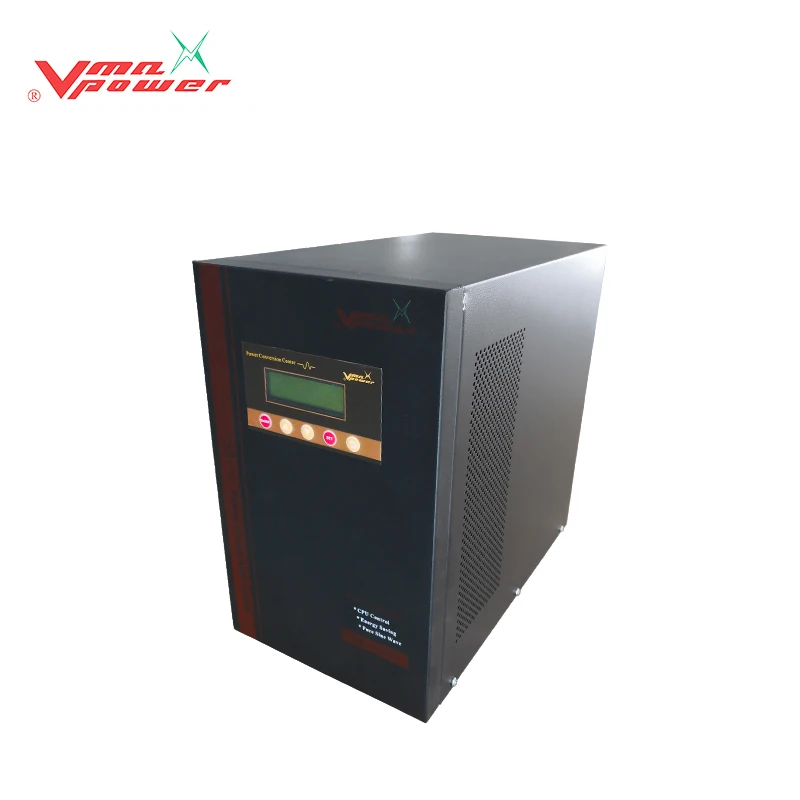

Microinverters convert DC to AC at the panel level. NOTE: The cost to produce a watt of solar energy has dropped from around $3.50 per watt in 2006 to $0.50 per watt in 2018 Micro Inverters In those cases, panel replacement is necessary. Some power optimizers are installed at the factory and may not be repairable.There are more parts, and that also means more labor. Expect the price of power optimized string inverters to be more than a standard string inverter.More extended warranty-most power optimizers have a 25-year warranty.Optimized string inverters enable power production data and monitoring at the individual panel level.Helps to optimize power production on complex roof/system designs, including shading.Consistent energy flow to the converter without the drop in energy that can occur with a standard string inverter.For this setup, the string inverter only has to convert the DC energy to AC energy. With the power optimizer, each solar panel produces energy, and when that energy reaches the optimized threshold, the power optimizer sends it to the Inverter. For example, with a standard string inverter, if one solar panel produces less energy, all the solar panels in that string will produce less energy. There is one power optimizer per solar panel, and they keep the flow of energy equal. The first part is the power optimizer, which handles DC to DC and optimizes or conditions the solar panel's power. Optimized string inverters, sometimes called power optimized string inverters, are two parts. A single solar panel with a drop in energy production, such as when shading occurs, can decrease the power production for the entire string of panels.Can limit power production of the array for complex roof/system designs, especially with shade situations.Easier to maintain as they are not mounted on the roof and have easier access.Cheaper installation due to fewer parts.Easy to diagnose problems as it is usually the inverter that fails.Most standard string inverters are mounted on the home, garage, or near the power meter if the house connects to the power grid. The inverter changes the DC energy into AC energy. When they do, a string of solar panels forms a circuit where DC energy flows from each panel into a wiring harness that connects them all to a single inverter. Smaller solar arrays may use a standard string inverter.


There are four main types of solar power inverters: Standard String InvertersĪlso known as a central inverter.
#Discount solar power converter plus#
Understanding different types of solar inverters plus their pros and cons However, the newly created DC is not safe to use in the home until it passes through an inverter which turns it from DC to AC. The solar process begins with sunshine, which causes a reaction within the solar panel. Solar arrays use inverters to change the DC to AC, which is safe for home usage. The result would be that most appliances, computers, power strips, TVs, entertainment systems, home security devices, and a whole host of other electronics would become fried. If you run Direct Current (DC) directly to the house, most gadgets plugged in would smoke and potentially catch fire. A solar power inverter converts or inverts the direct current (DC) energy produced by a solar panel into Alternate Current (AC.) What is a solar power inverter? How does it work?Ī solar inverter is really a converter, though the rules of physics say otherwise.


 0 kommentar(er)
0 kommentar(er)
